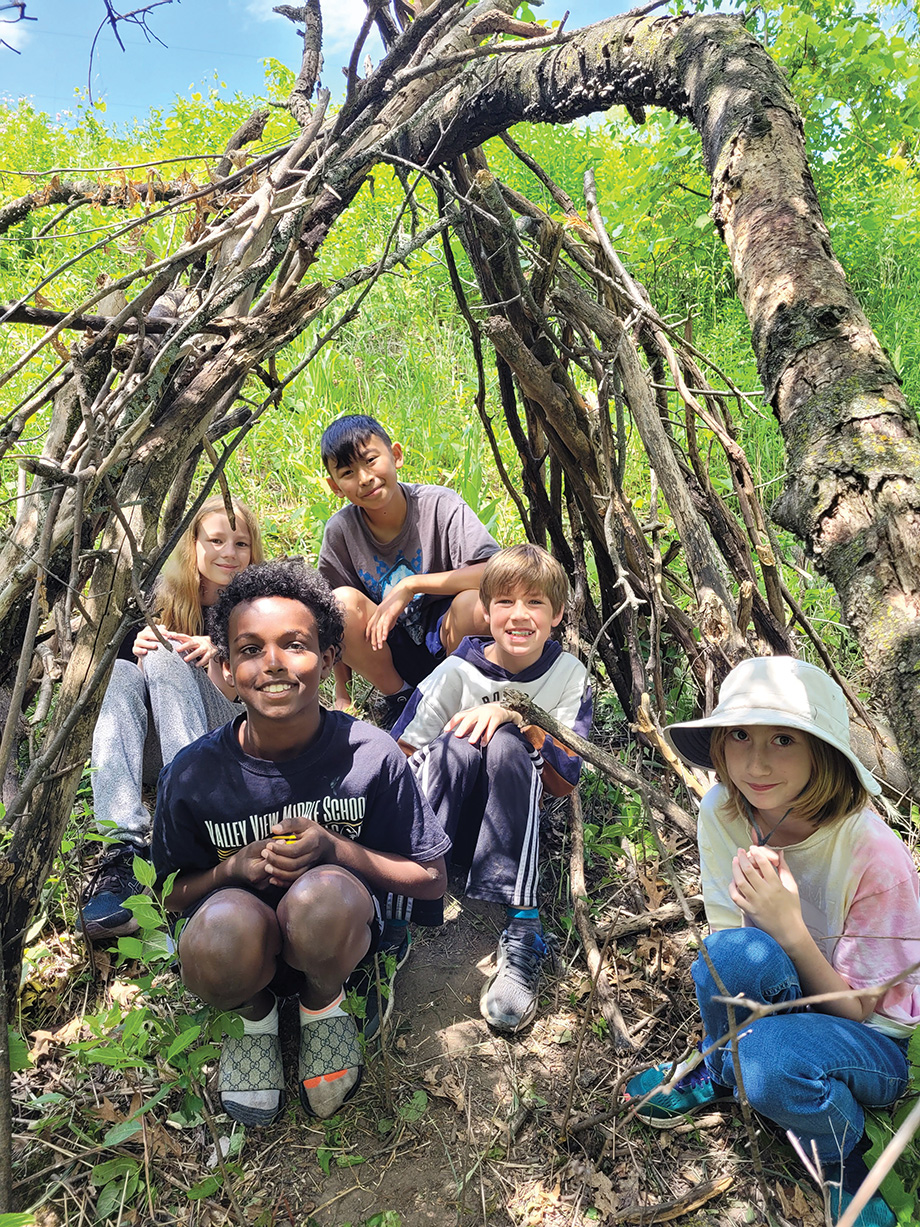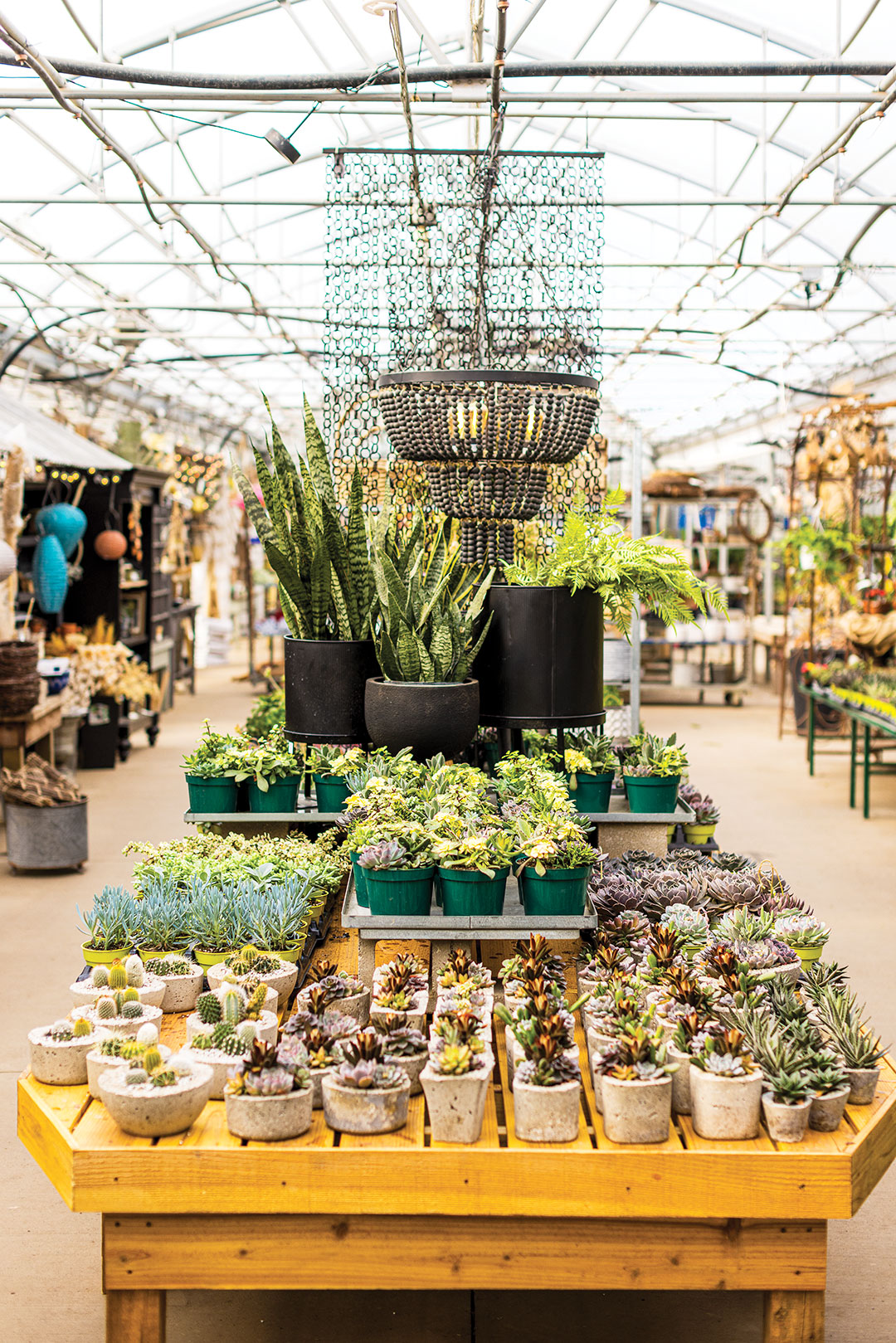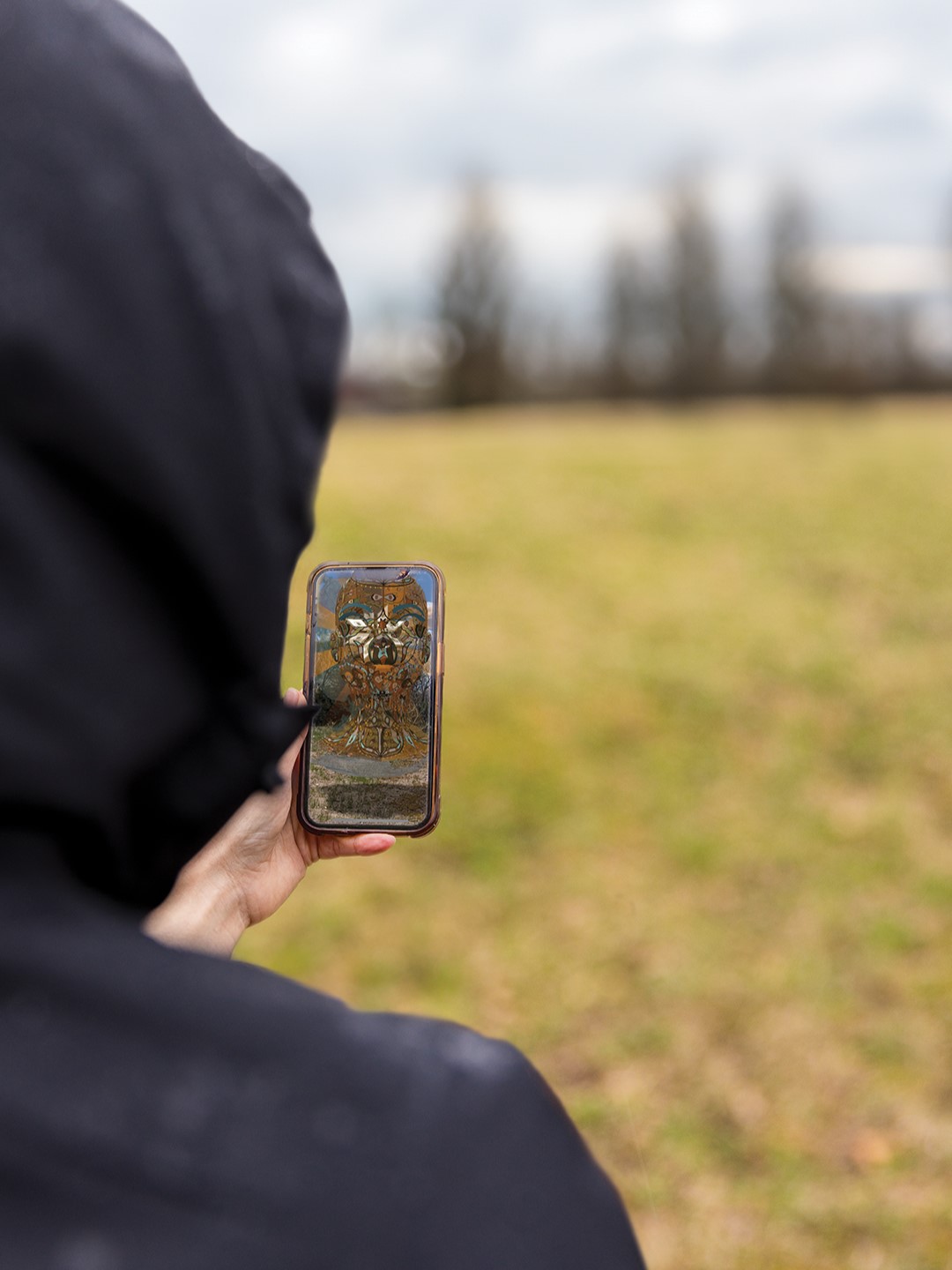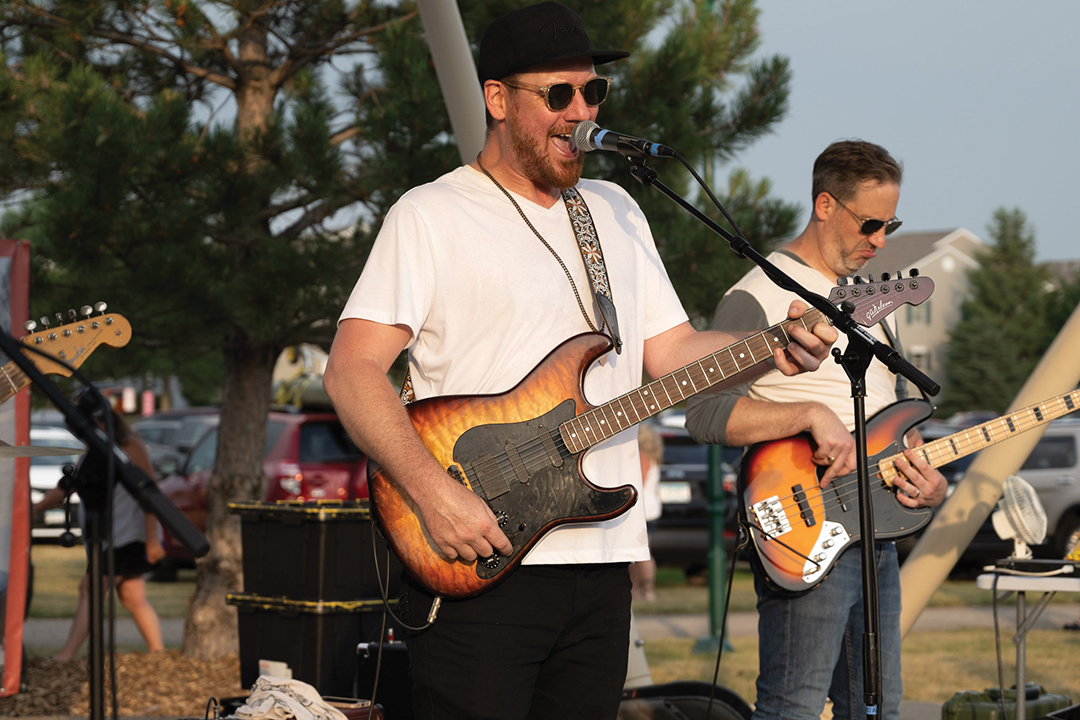
Photos: Elsa Litecky
Elsa Litecky inspires the next generation of naturalists.
Elsa Litecky has enjoyed the beauty of the natural world since she could start climbing tree stumps. That early passion inspired her career as a naturalist—with a long-term plan to conduct research in northern Minnesota. But she quickly fell in love with connecting people to nature. “It was my third year in [as a naturalist], and I needed to develop more skills so that I could be more marketable and also so I could be a better teacher,” Litecky says. “So I started looking at ways to do it.”
Litecky began by making blog posts and YouTube videos as EcoElsa to educate people about nature. “I was both researching how to better do the skills I was doing but also sharing the knowledge that I already had with other people,” she says. “I love connecting people to nature. That’s kind of what got me into being a naturalist instead of heading up north and doing research.”
As her online presence grew, she received an immense amount of positive feedback and a push for classes. From there, she had to choose between her role as a traditional naturalist or taking nature education full time. Litecky took the leap to turn EcoElsa into a career.

Elsa Litecky
“Basically, my job is to help connect people to the outdoors, and I do this through games and activities, especially with younger kids, but I also do this through hikes and guided tours,” says Litecky, who offers classes through the Lakeville and Prior Lake parks and recreation departments, as well as others throughout the Twin Cities. “Most of my time is spent outdoors in the field teaching and finding ways of making that material more accessible to people. I love it, and I’m really glad I found it.”
Litecky believes that there is something outdoors for everyone, and that is why the motto for EcoElsa is: Teach Anything Outdoors.
“Learning nature helps connect us to the world more. It helps us learn about ourselves more—and when we do this, we have a better understanding of how to protect these things,” she says. “Whether it’s our local park or it’s our environment on a larger scale with the choices we make.”
Connecting to nature also has broader personal and societal benefits. Spending time in nature improves both mental and physical health, Litecky says, and studying nature can lead to scientific breakthroughs that benefit humans through biomimicry. “This all, in turn, can make the world a better place,” Litecky says.
Litecky describes EcoElsa’s classes as multidisciplinary fun-ducation. “We develop activities that are not only fun and help people connect to nature, but also allow people to learn about other subjects, like history, engineering or art, for example, while practicing soft skills like teamwork, communication and problem solving,” says Litecky, who has developed more than 30 classes in the past five years.
Each class has several core activities, but Litecky also builds in opportunities for children to pursue their own curiosity by voting for their next activity. “Our Outdoor Survival Camps always cover getting lost safety and guidelines, shelter building, fire making, water filtering and orienteering,” she says. “Then we have several additional activities, like basic first aid, edible and poisonous plants, knot tying or wildlife tracking that the kids then vote on to pick what we will do next.”
Her current plan for EcoElsa is to polish up her curriculum and create a scholarship program for people to attend her classes because learning about nature is for everyone, she says.
When Litecky is not teaching, she spends her time outdoors, hiking, reading or just exploring. “One of the benefits of EcoElsa is I am always getting to explore new parks,” she says.
EcoElsa’s Favorite Local Parks
Alimagnet Park, Apple Valley: “It is technically shared with Burnsville, but I also like that, too. This park has a great dog park. I have always loved how wild a lot of the trails have felt, with the narrow tracks. At first, it looks small, but is actually quite big with lots of fun, hidden trails.”
Lakefront Park, Prior Lake: “It has been a lot of fun snowshoeing and following animal tracks there. I can’t wait to see what it’s like in the summer. It has all the key markers I like for parks, a variety of habitats, trails, and spaces.”
Lebanon Hills Regional Park, Eagan: “I have been visiting this park since 2014, and I have hiked probably every trail minus the horse trails. It has a ton of different habitats and wildlife, so there is some amazing tracking. I have yet to see a snowy owl here, as they come down from the arctic each winter, and people will spot them. I will keep trying. I have seen pretty much all the major south Minnesota wildlife and even a couple of more threatened Minnesota species in this park, which is really cool.”
Ritter Farm Park, Lakeville: “I will admit Ritter holds a special spot in my heart. I have been exploring this park since 2014, as well, and in 2018, my husband proposed to me while hiking here. This park is also rich with plant species and wildlife, and the City of Lakeville is working very hard to manage it. It has been exciting to see how much the park has changed over the years and to play a small role as a vendor in assisting with some of the restoration work. Another highlight is this is the third year in a row at least one of our winter classes have spotted the resident coyotes. Over the years we have seen beaver, otters, owls, and the last two years our biologist explorer camps have caught prairie skinks, which is a more common Minnesota lizard, but still a great sign that the restoration work on the prairies is having a positive impact.”
EcoElsa
Facebook: EcoElsa
Instagram: @ecoelsa
Twitter: @ElsaLitecky





















